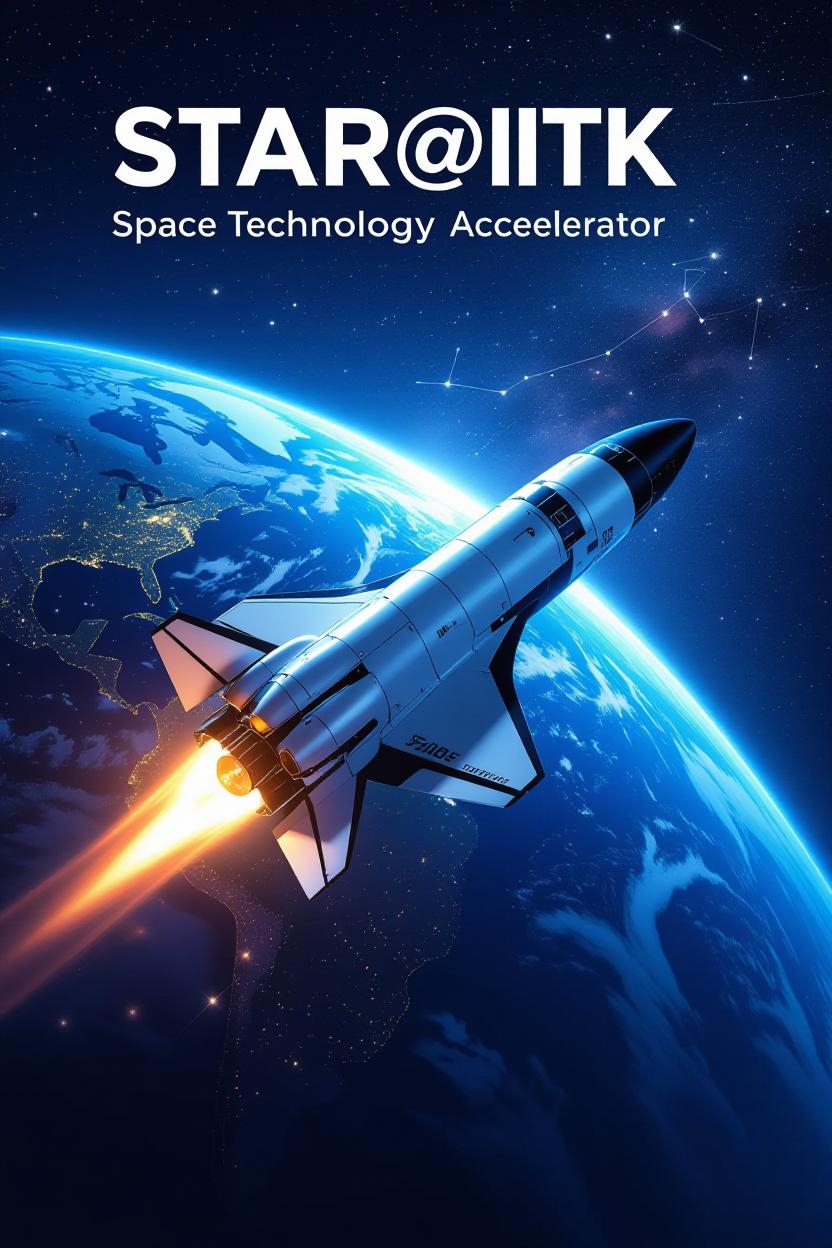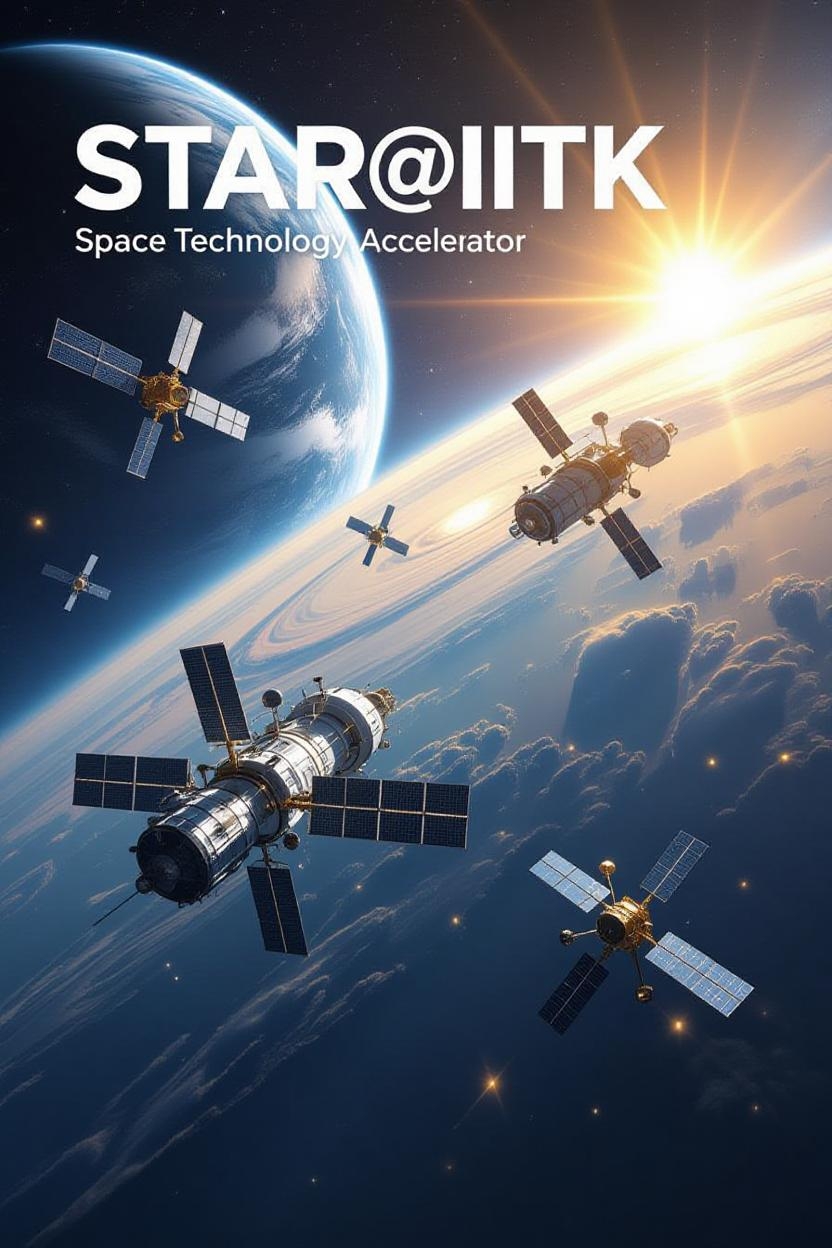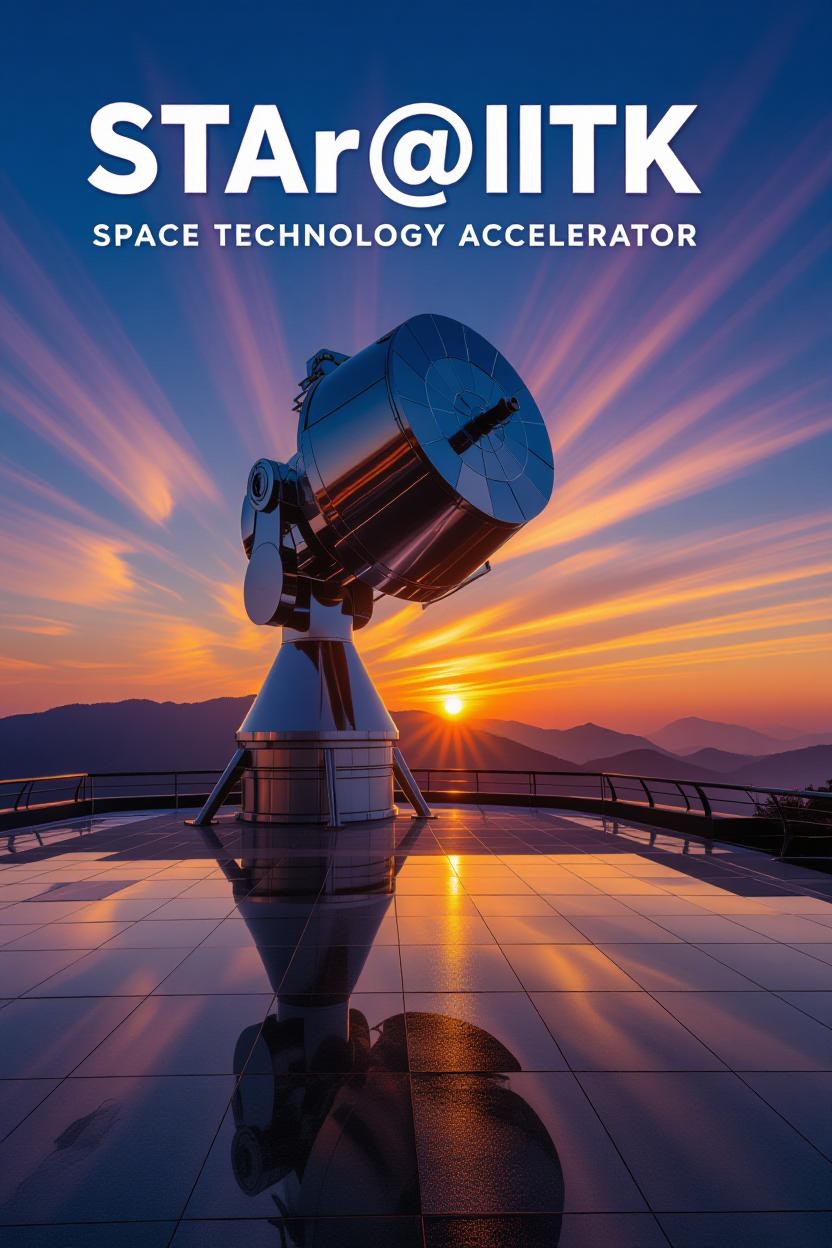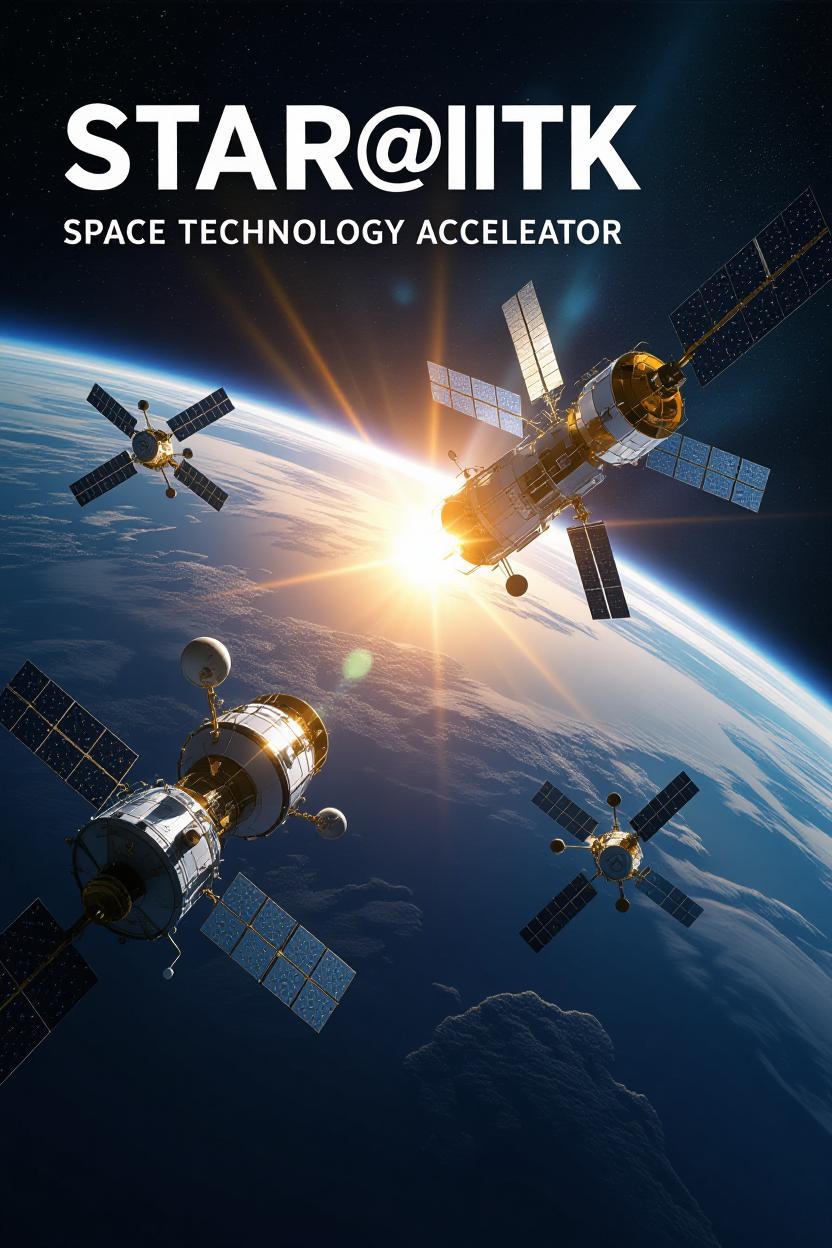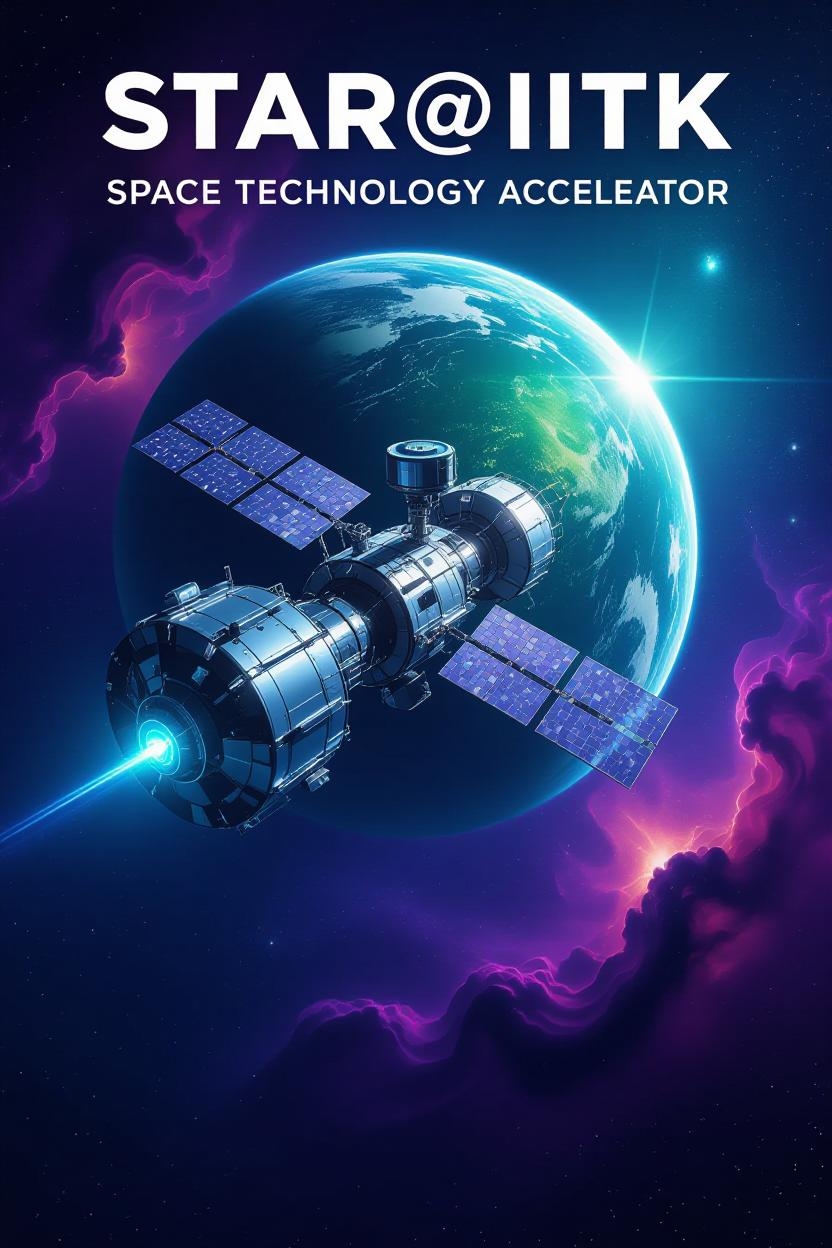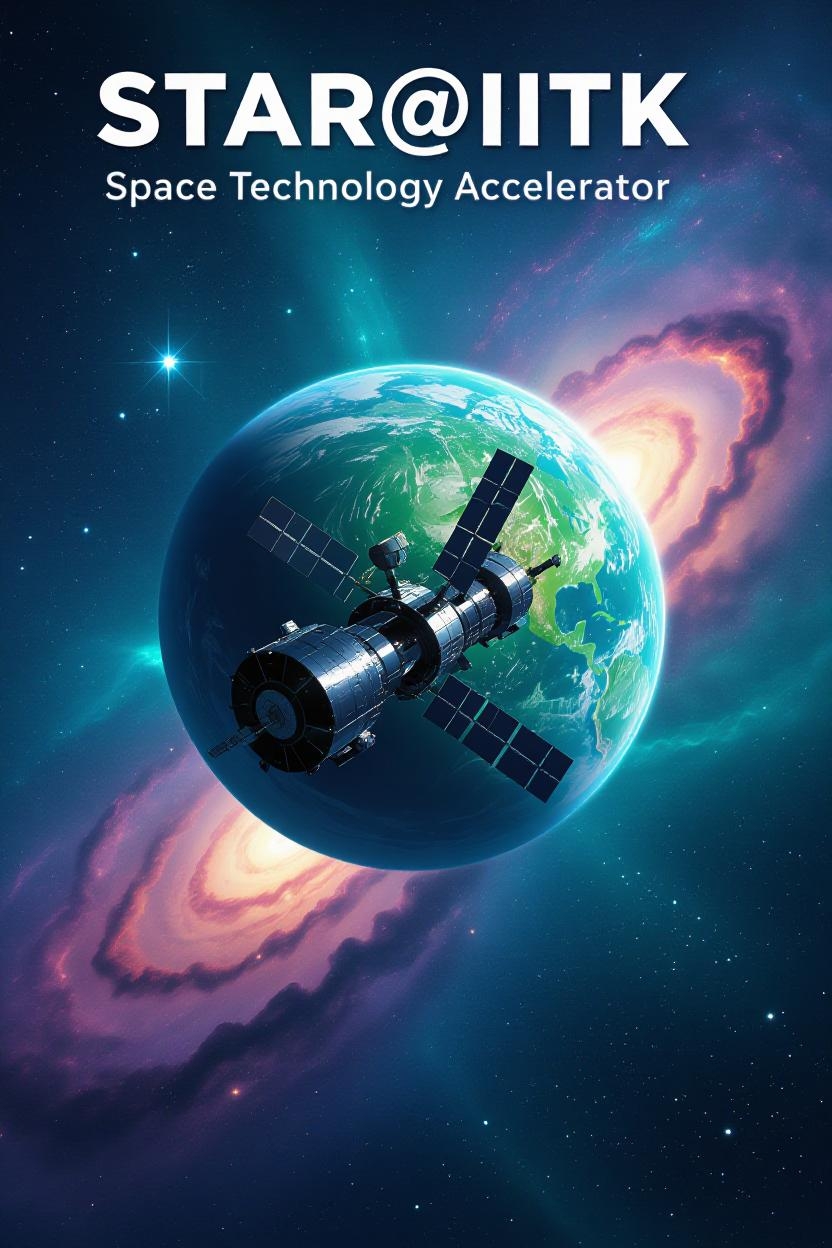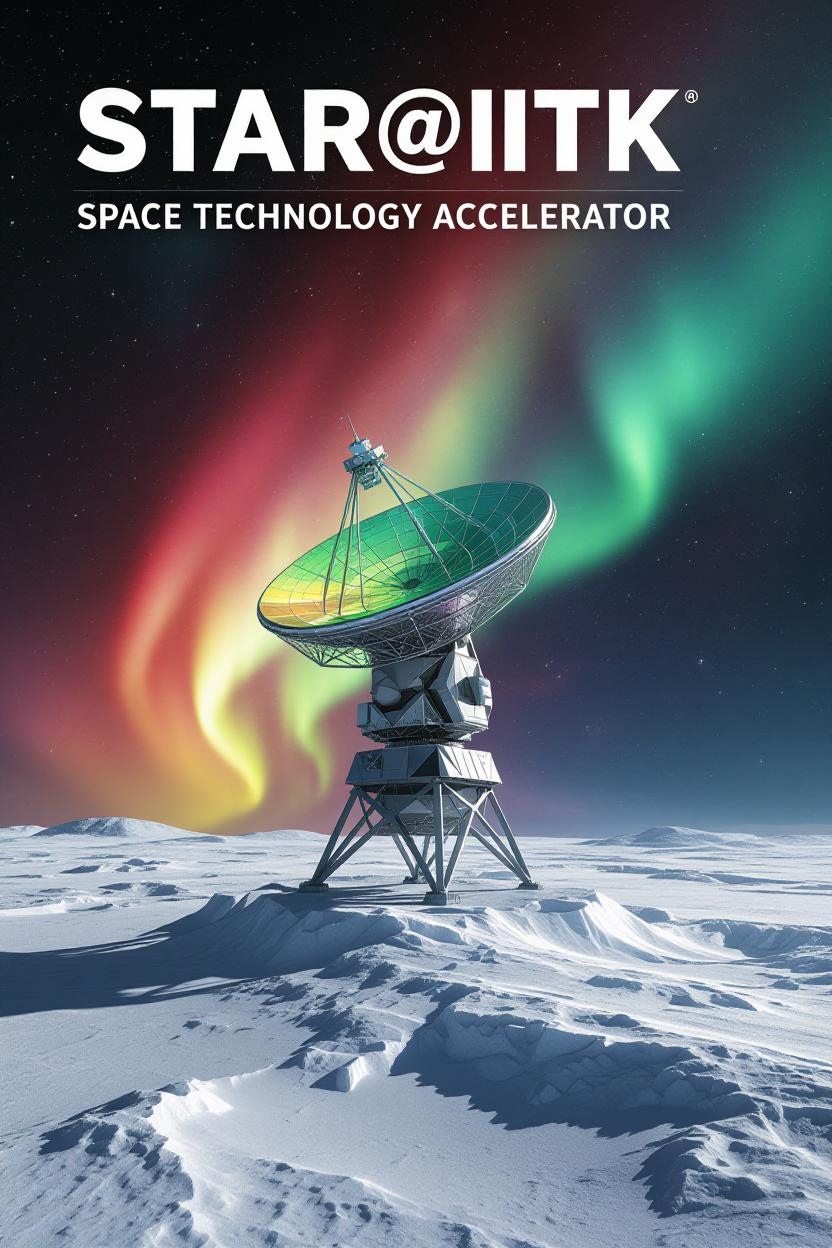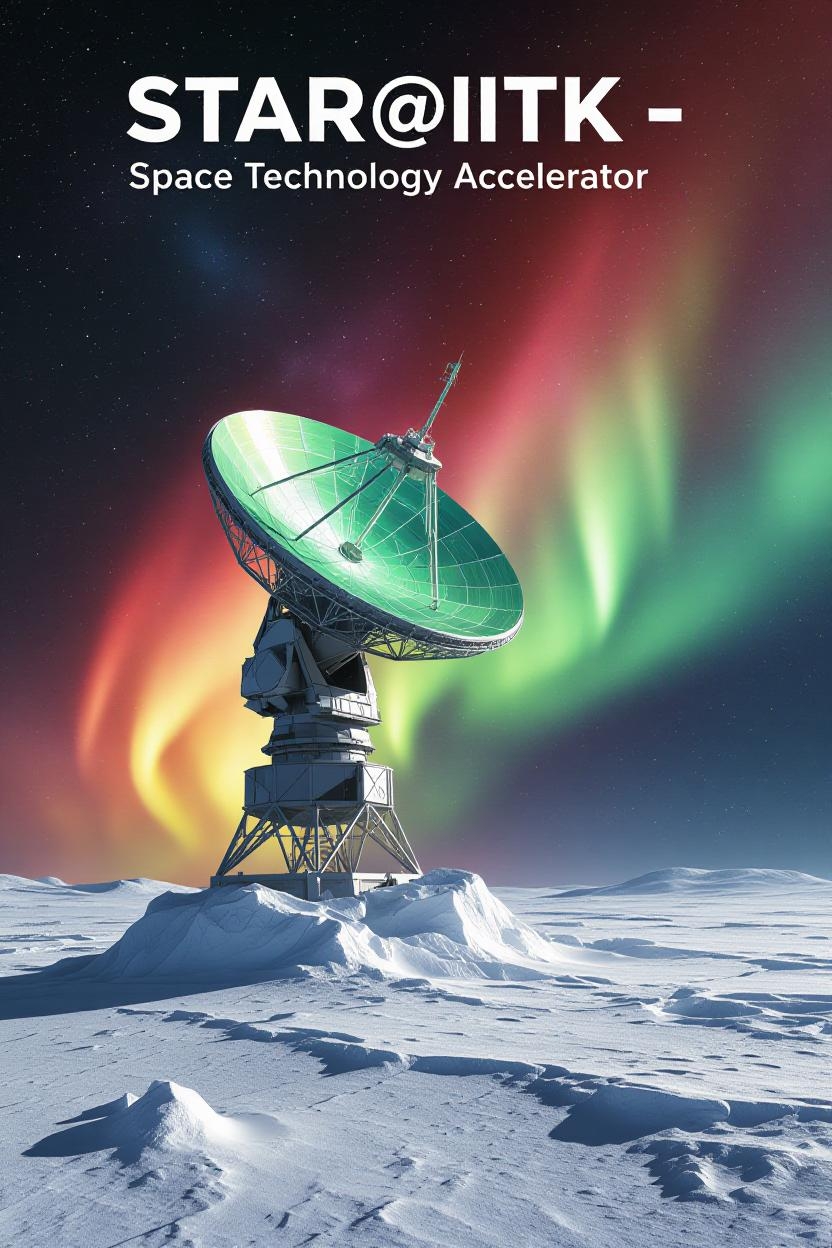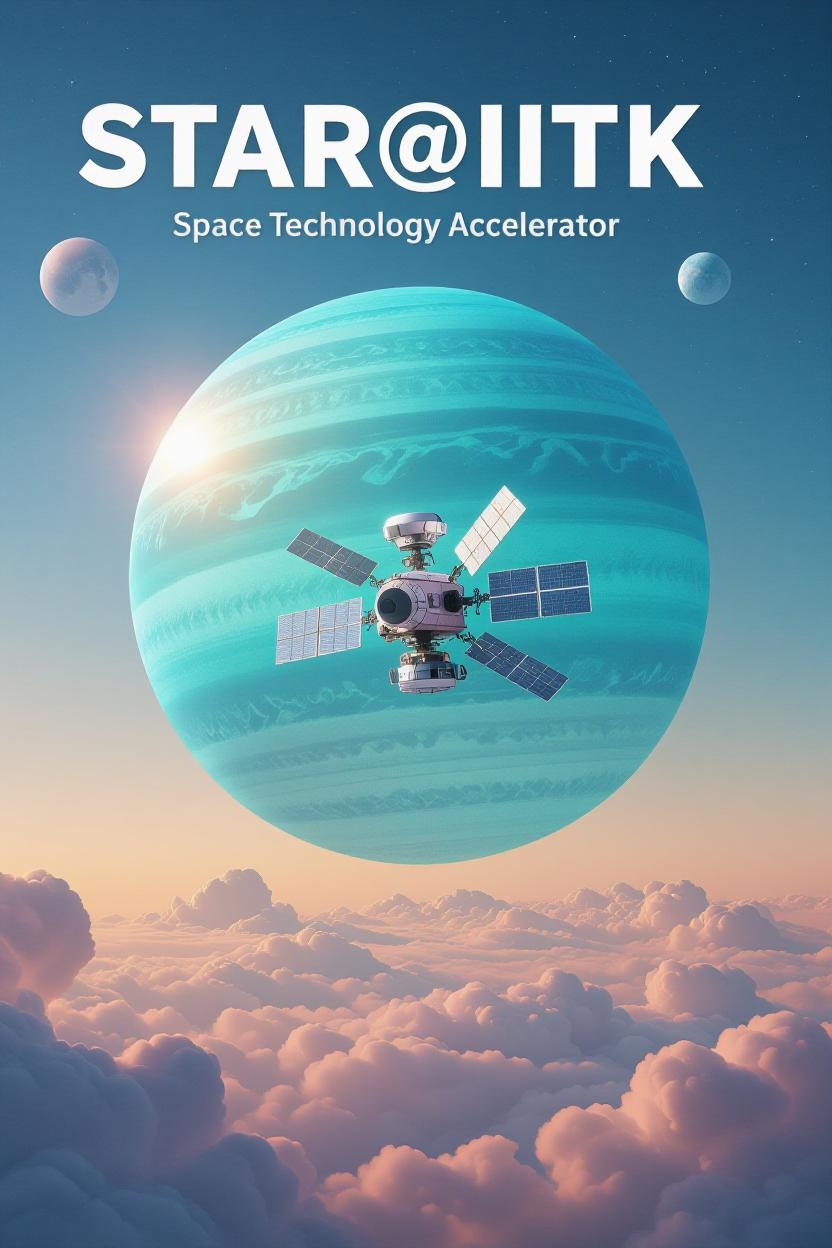Space Instrumentation & Payloads
Precision radiometry, optics, RF/microwave modules, mechanisms, and avionics. Teams learn requirement flowdown, interface control, thermal-mechanical design, and verification planning. Emphasis on modularity, documentation, and traceability from breadboard to qualification models.
- Design reviews (SRR → PDR → CDR)
- Assembly & integration best practices
- Qualification/acceptance strategy
